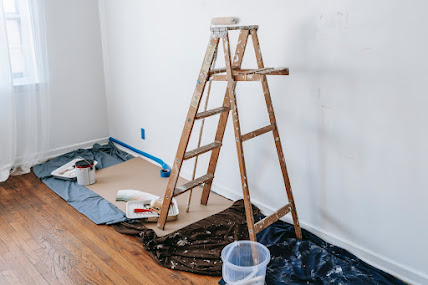Advice on building upkeep and repair
Building maintenance & repair is one of the most important things that we can not neglect. But people are always asking why do we need building maintenance and repair and why do we help with that? Like it or not, all buildings need a degree of maintenance; regular checks, inspections, or assessments of building condition, and work necessary to maintain the building’s fabric in good condition so that it will perform as expected.
Proper maintenance is cost-effective, reduces the risk of further expensive damage, and preserves the value of the building. Improper maintenance of the building or house may result in deterioration and damage that affects not only the appearance or effectiveness of the building but also the residents and the health and safety of the building.
First, we must produce a report that contains all possible defects and the evaluation of the condition of the buildings in each component. A preliminary review and recording of the findings is required to examine the building or home. There are five basic steps that will be used in the preliminary inspection and observation:1. Climate of the surroundings2. Location of the building/house3. Building type and change in use4. Age of the building5. Physical inspection of the building components. There are a number of approaches to building maintenance and the following are the most commons types of building maintenance:
Cyclical Maintenance - Works carried out on a normal, negotiated schedule at fixed intervals; for example, exterior decoration and small renovations every five years.
Planned Maintenance - Designed works for the repairing or replacement of specific construction elements; for example, the installation of a roof covering or the renovation of a lift.
Planned Preventative Maintenance - Generally speaking, repair work is reactive or proactive. Reactive maintenance is work to fix the damage that has already happened, such as restoring or removing a leaking roof cover.
Planned proactive maintenance anticipates a potential loss, knowing that an aspect is at or near the end of its service life, so that replacement or reconstruction can be carried out before the failure. This enhances cost management and lowers total costs. For example, regular inspection of the roof will repair future cracks before they become serious, eliminating additional costs related to water damage such as plaster and decoration.
As part of the building maintenance and repair job, contractors is usually producing scheduled maintenance plans that set out the main elements of the building, comment on its condition and life expectancy, and estimated costs for potential activities in the coming years.
Repair often requires a renewal aspect, even if it comes from a subordinate component. At some point, the reconstruction of the complex becomes more economical than the ongoing renovation of the defective sections.
Refurbishing a building is an improvement that could well follow the repair and maintenance. Refurbishment work typically involves renovating and upgrading services and upgrading insulation and ventilation to bring it closer to modern requirements. Restoration work will be carried out to restore the building or component to its original condition. The practice of restoration is strongly linked to the restoration of buildings.


Comments
Post a Comment